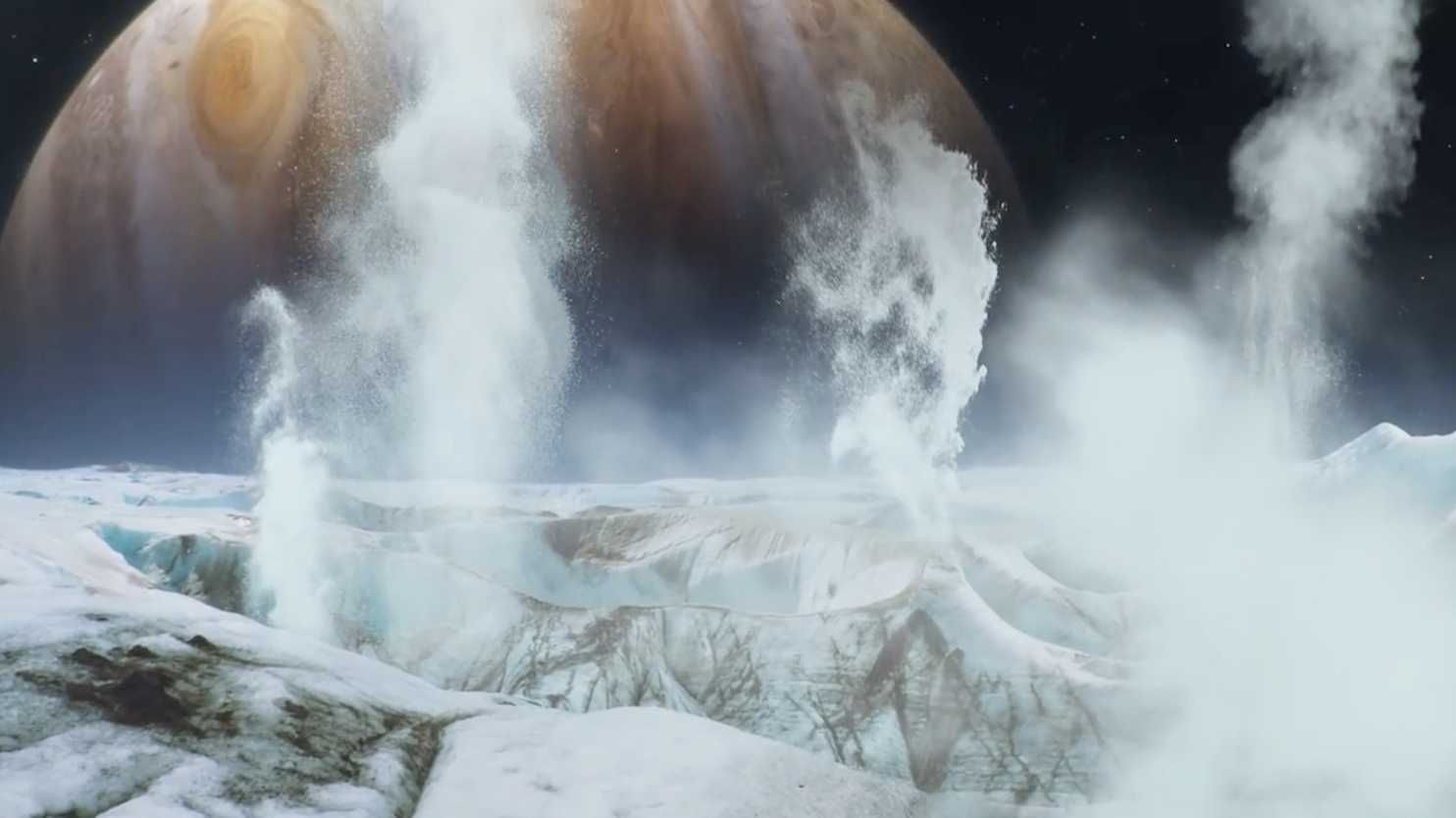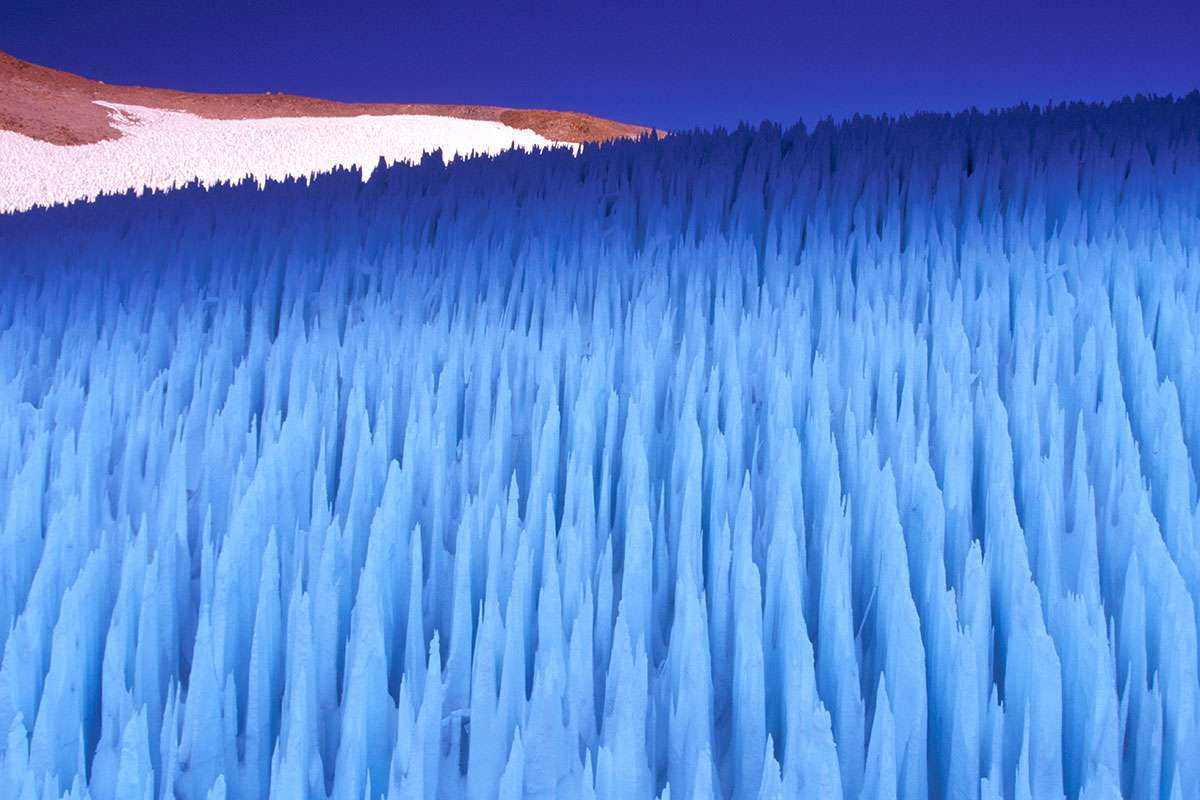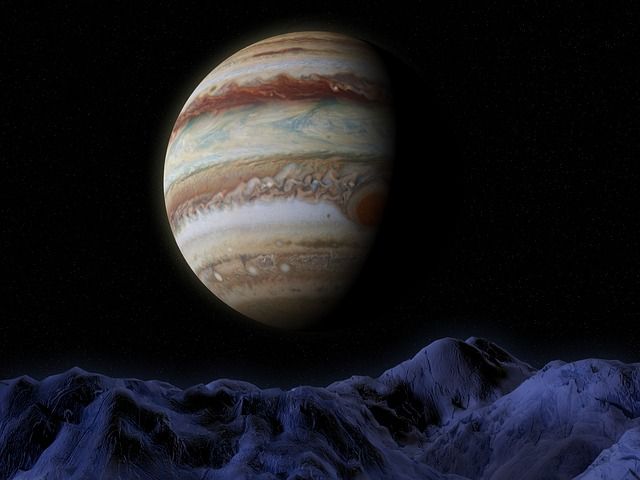NASA’s Europa Clipper Mission Gets Launch Date
Article by Paul Rincon February 11, 2021 (bbc.com)
• NASA has conformed that in October 2024, it will send the Europa Clipper spacecraft to Jupiter’s icy moon Europa (pictured above), scheduled to arrive there in April 2030. Europa holds an ocean under its frozen outer shell and is regarded as one of the most promising targets in the search for life elsewhere in our solar system.
• During a virtual meeting of NASA’s ‘Outer Planets Assessment Group’ organized by Arizona State University, project scientist Dr. Robert Pappalardo stated: “Europa’s about the size of Earth’s moon, yet we think it contains twice as much water as all of Earth’s oceans.”
• The spacecraft was to have launched on NASA’s Space Launch System rocket. But that has now changed to the use of a commercial launch vehicle.
• Interest in Europa as a potential habitat for extra-terrestrial life was given a boost in the 1990s, when NASA’s Galileo spacecraft provided evidence that Europa harbored an ocean of liquid water beneath its outer shell. Europa probably has a rocky core surrounded by around 50 miles of liquid water covered by a shell of water-ice that’s roughly 12 miles thick.
• “At the bottom of the Earth’s oceans are places where water and rock interact, where water seeps down, contacts hot rock and emerges charged with chemical nutrients – reductants,” said Dr. Pappalardo. When these reductants get together with other chemicals called oxidants, they react. These reactions could, “potentially power life at the ocean floor of Europa – even where there is no light to allow for photosynthesis”.
• The Europa Clipper spacecraft will get close enough to analyze chemicals in the frozen water that has welled up to the surface from beneath the ice shell and sample the water plumes spurting out into space from the Jovian moon.
 A mission to study a moon of Jupiter that could be home to extra-terrestrial life has been given a launch date.
A mission to study a moon of Jupiter that could be home to extra-terrestrial life has been given a launch date.

Nasa is sending a spacecraft to the icy world of Europa, which holds an ocean under its frozen outer shell.
Scientists have long regarded the moon as one of the most promising targets in the search for life elsewhere in our Solar System.
The Europa Clipper spacecraft will now launch to the jovian moon in October 2024, arriving in April 2030.
The spacecraft was to have launched on Nasa’s Space Launch System (SLS) rocket. But the space agency is reported to no longer be considering that launch vehicle.
It will instead lift off on a commercial rocket.
The details were disclosed by the mission’s project scientist, Dr Robert Pappalardo, during a virtual meeting of Nasa’s Outer Planets Assessment Group (Opag).
“We now have clarity on the launch vehicle path and launch date,” Dr Pappalardo, who is based at the space agency’s Jet Propulsion Laboratory in Pasadena, California, told the meeting.
 Interest in the moon as a potential habitat for extra-terrestrial life was given a boost in the 1990s, when Nasa’s Galileo spacecraft provided evidence that Europa harboured an ocean of liquid water beneath its outer shell.
Interest in the moon as a potential habitat for extra-terrestrial life was given a boost in the 1990s, when Nasa’s Galileo spacecraft provided evidence that Europa harboured an ocean of liquid water beneath its outer shell.
Europa probably has a rocky core surrounded by around 80km (50 miles) of liquid water covered by a shell of water-ice that’s roughly 20km (12 miles) thick.
“Europa’s about the size of Earth’s moon, yet we think it contains twice as much water as all of Earth’s oceans,” Dr Pappalardo said during a virtual talk organised by Arizona State University (ASU) last week.
Discussing the moon’s potential for life, he said: “At the bottom of the Earth’s oceans are places where water and rock interact, where water seeps down, contacts hot rock and emerges charged with chemical nutrients – reductants.”
FAIR USE NOTICE: This page contains copyrighted material the use of which has not been specifically authorized by the copyright owner. ExoNews.org distributes this material for the purpose of news reporting, educational research, comment and criticism, constituting Fair Use under 17 U.S.C § 107. Please contact the Editor at ExoNews with any copyright issue.
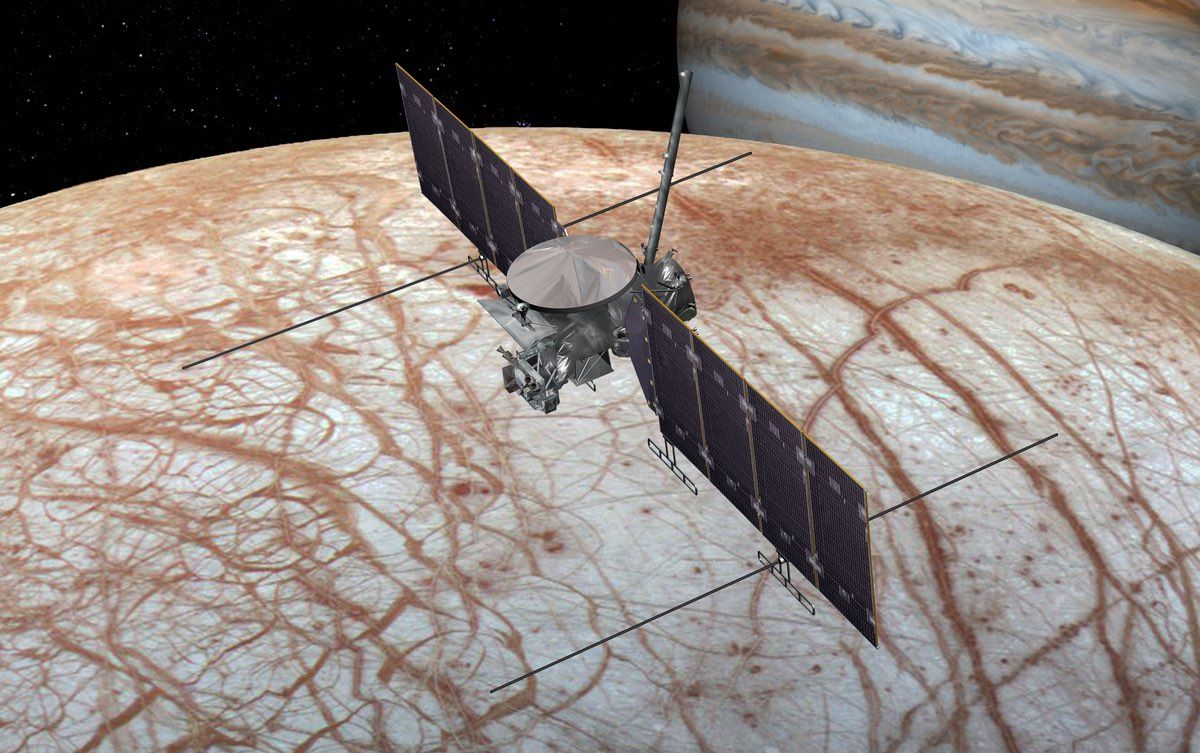
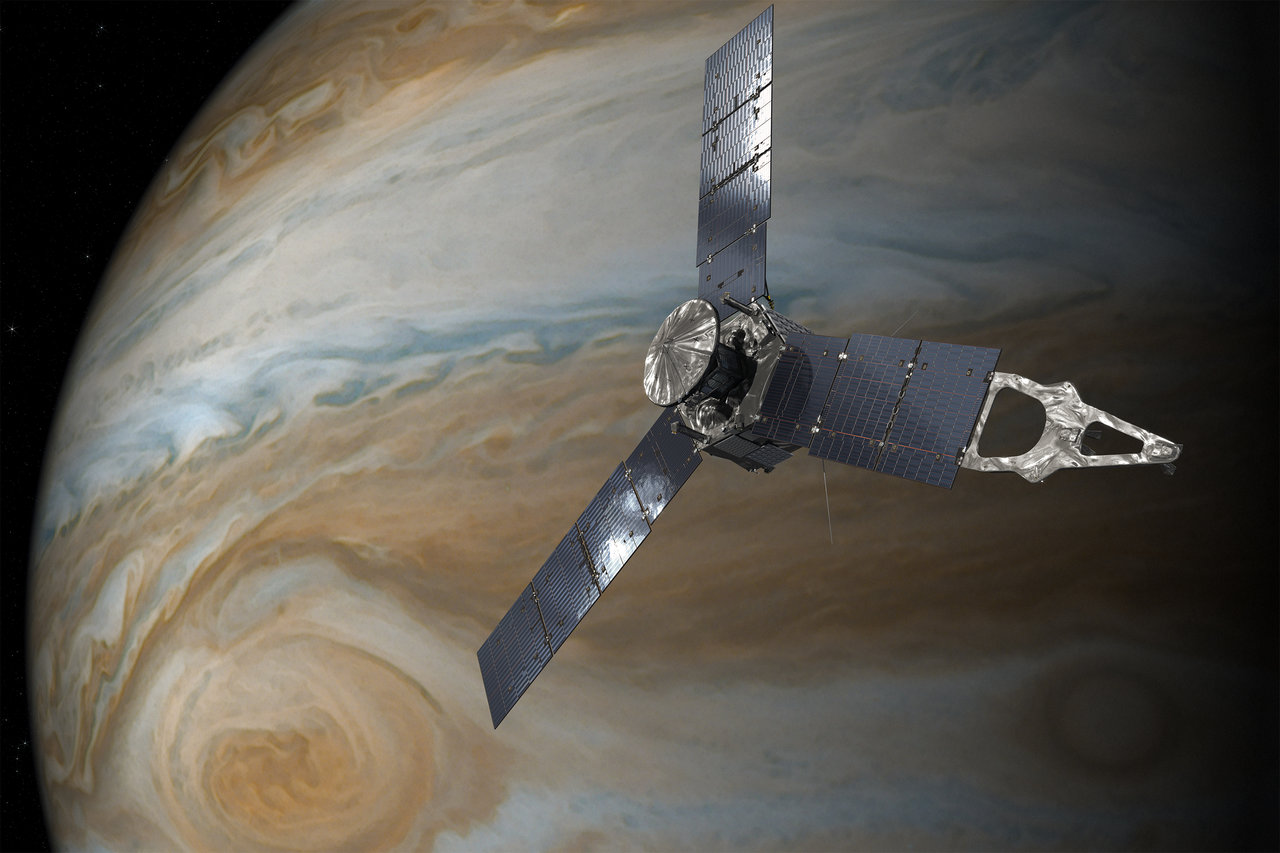




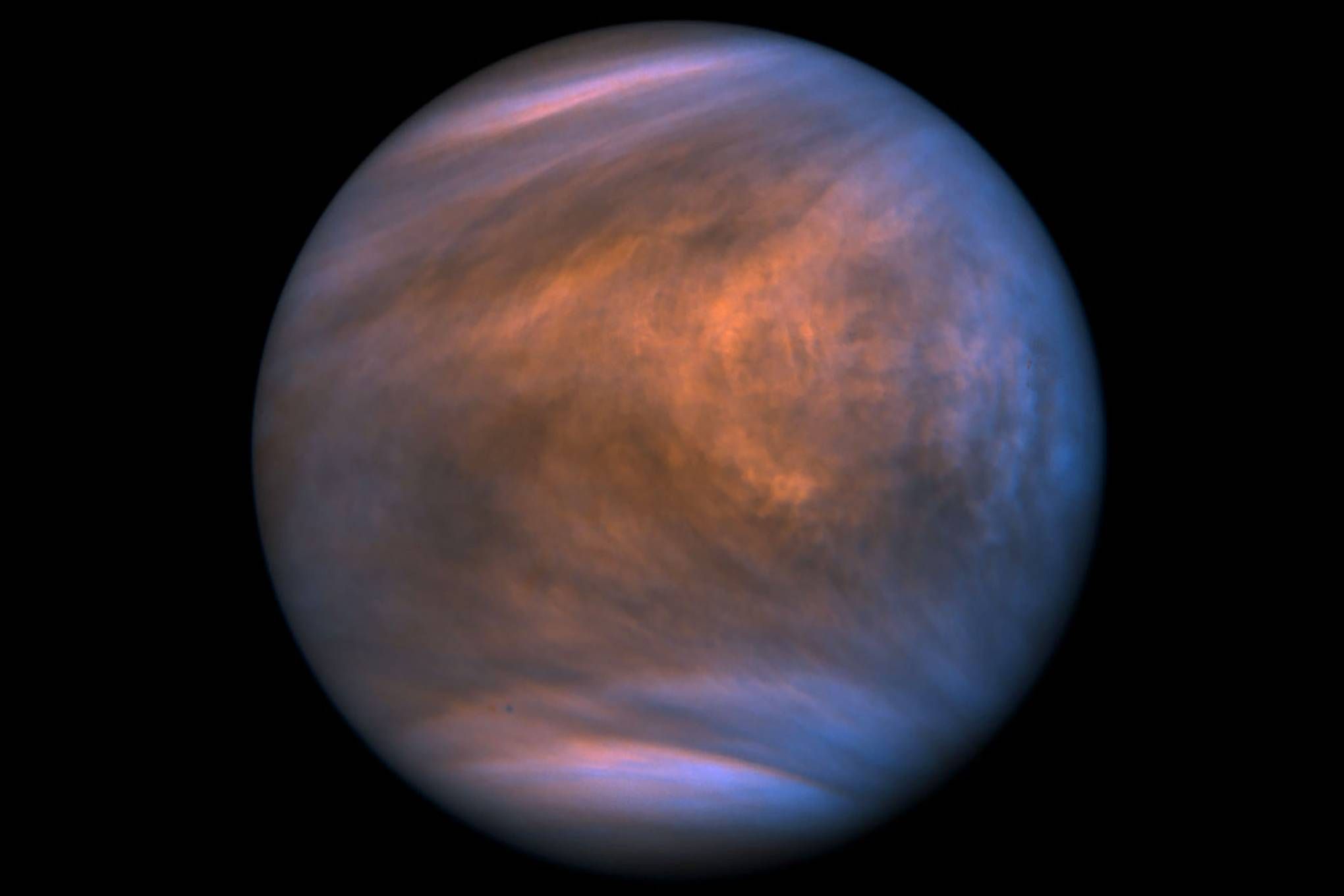

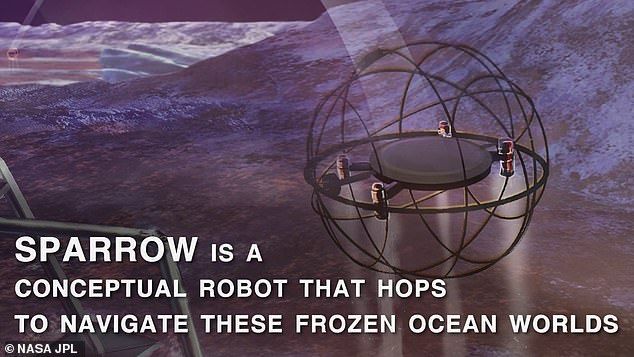

 NASA’s plans to explore the ice moons of the Solar System are getting more detail as the space agency is developing a robot that would use steam to power itself in deep space.
NASA’s plans to explore the ice moons of the Solar System are getting more detail as the space agency is developing a robot that would use steam to power itself in deep space.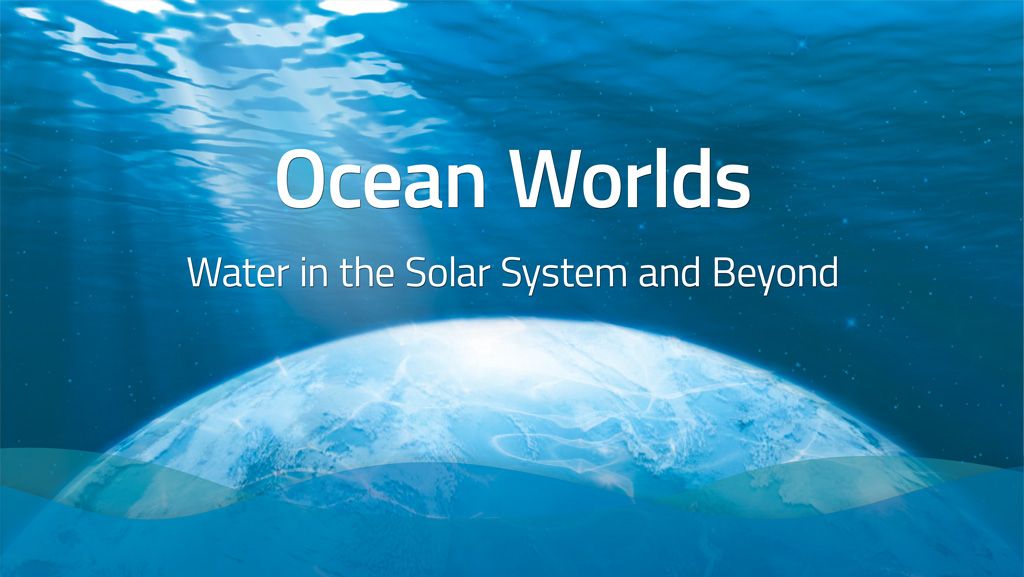


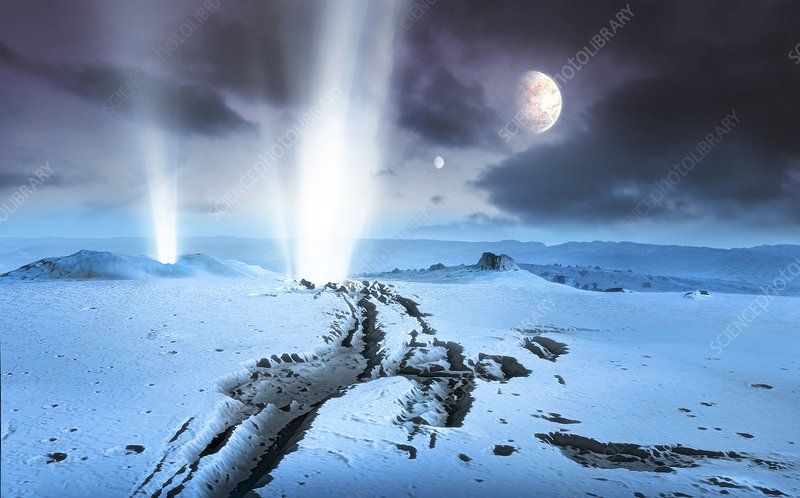

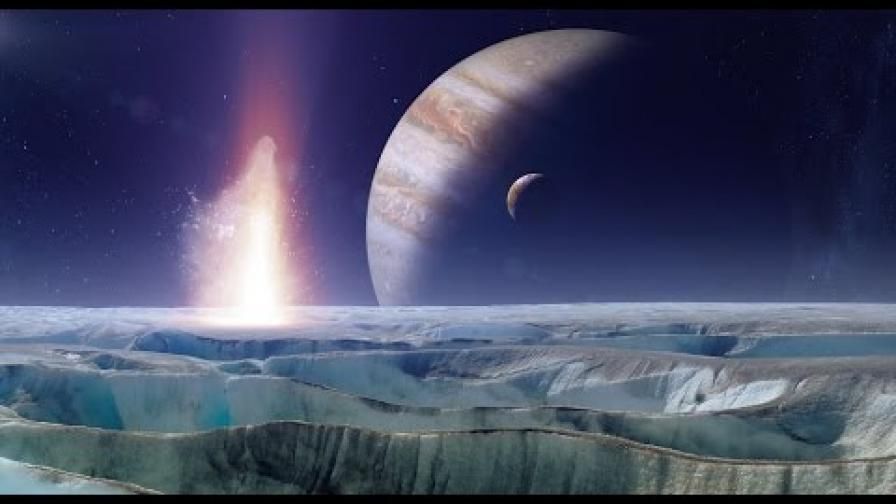

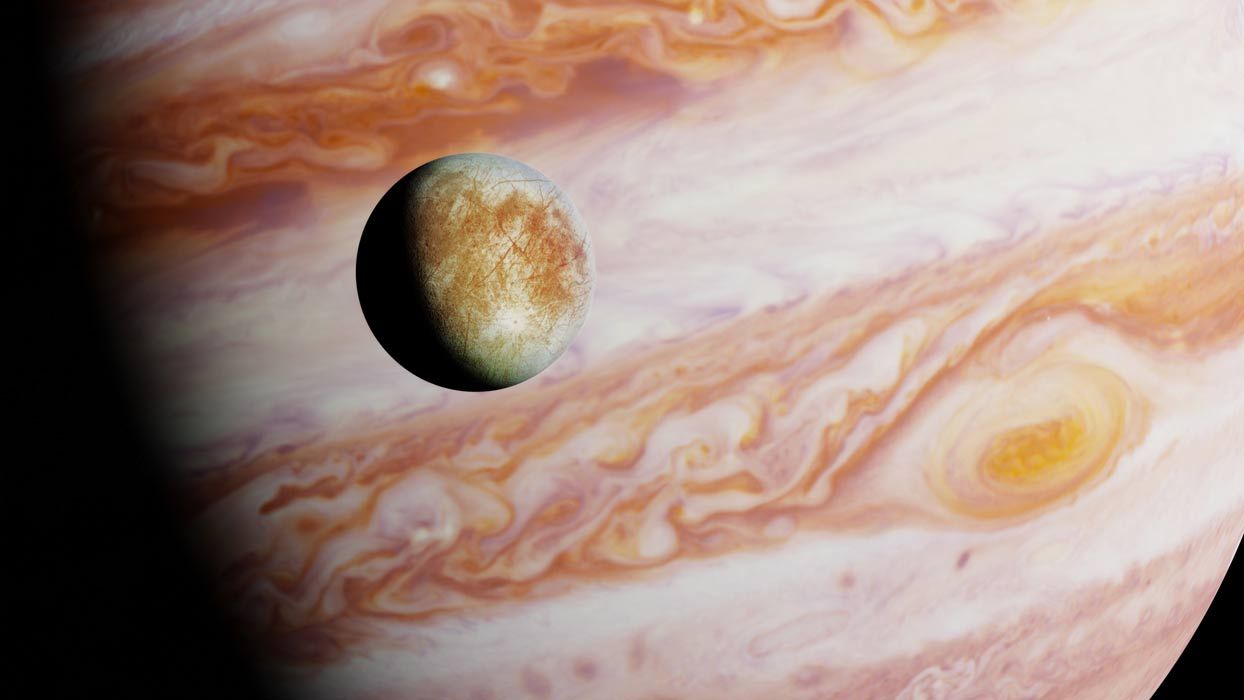
 At first glance, not much is happening on Europa. A small, frozen world orbiting Jupiter doesn’t seem like the most interesting place out there. But 40 years ago, the Voyager snapped an intriguing photo of the satellite: its frozen surface wasn’t stale and monotonous, it was cracked and sliced by different features, suggesting active and recent phenomena. Subsequent missions showed even more exciting things.
At first glance, not much is happening on Europa. A small, frozen world orbiting Jupiter doesn’t seem like the most interesting place out there. But 40 years ago, the Voyager snapped an intriguing photo of the satellite: its frozen surface wasn’t stale and monotonous, it was cracked and sliced by different features, suggesting active and recent phenomena. Subsequent missions showed even more exciting things.